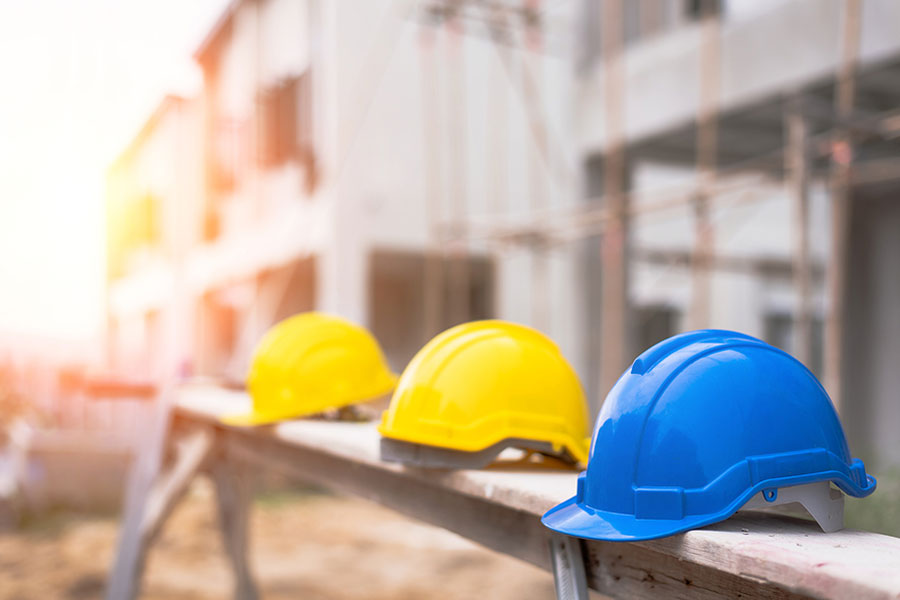The Construction (Design and Management) Regulations 2015 (CDM 2015) are a set of UK health and safety regulations that apply to all construction projects. The regulations place duties on a range of people involved in a construction project, including clients, designers, contractors, and workers.
The purpose of CDM 2015 is to improve the health and safety of people working on construction projects. The regulations do this by requiring everyone involved in a project to plan, manage, and monitor health and safety risks.
There are a number of steps that can be taken to ensure CDM compliance for projects. These include:
- Appoint a Principal Designer (PD): The PD is responsible for coordinating health and safety on a project. They should have experience in construction health and safety and be able to work with the client, designers, and contractors to ensure that risks are identified and managed.
- Prepare a Health and Safety Plan (HSP): The HSP is a document that sets out how health and safety risks will be managed on a project. It should be prepared by the PD and should be agreed by the client, designers, and contractors.
- Carry out risk assessments: Risk assessments should be carried out for all construction activities. They should identify the hazards associated with the activity and the steps that can be taken to control those hazards.
- Provide training: All workers on a construction project should receive training in health and safety. This training should be relevant to the work that they are doing.
- Monitor health and safety: Health and safety should be monitored throughout the construction project. This will help to ensure that risks are identified and managed as they change.
By taking these steps, you can help to ensure that your construction projects are CDM compliant. This will help to protect the health and safety of everyone involved in the project.
Here are some additional tips for ensuring CDM compliance for projects:
- Involve all stakeholders: It is important to involve all stakeholders in the planning and management of health and safety on a project. This includes the client, designers, contractors, and workers.
- Keep records: It is important to keep records of all health and safety activities on a project. This will help to demonstrate compliance with CDM 2015 in the event of an accident or incident.
- Review and update: The health and safety plan should be reviewed and updated regularly to reflect changes in the project. This will help to ensure that it remains effective in managing health and safety risks.
By following these tips, you can help to ensure that your construction projects are CDM compliant. This will help to protect the health and safety of everyone involved in the project.

